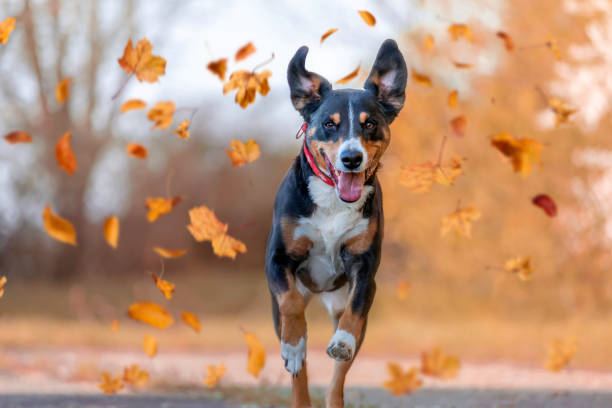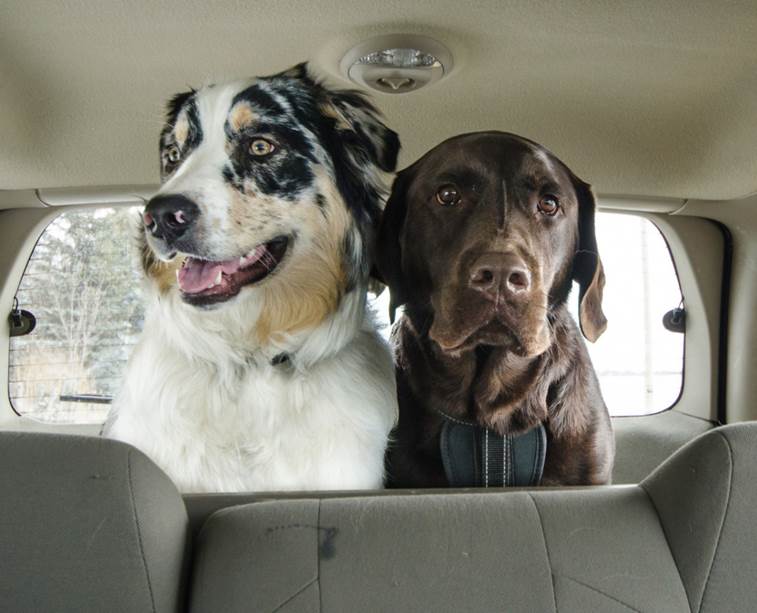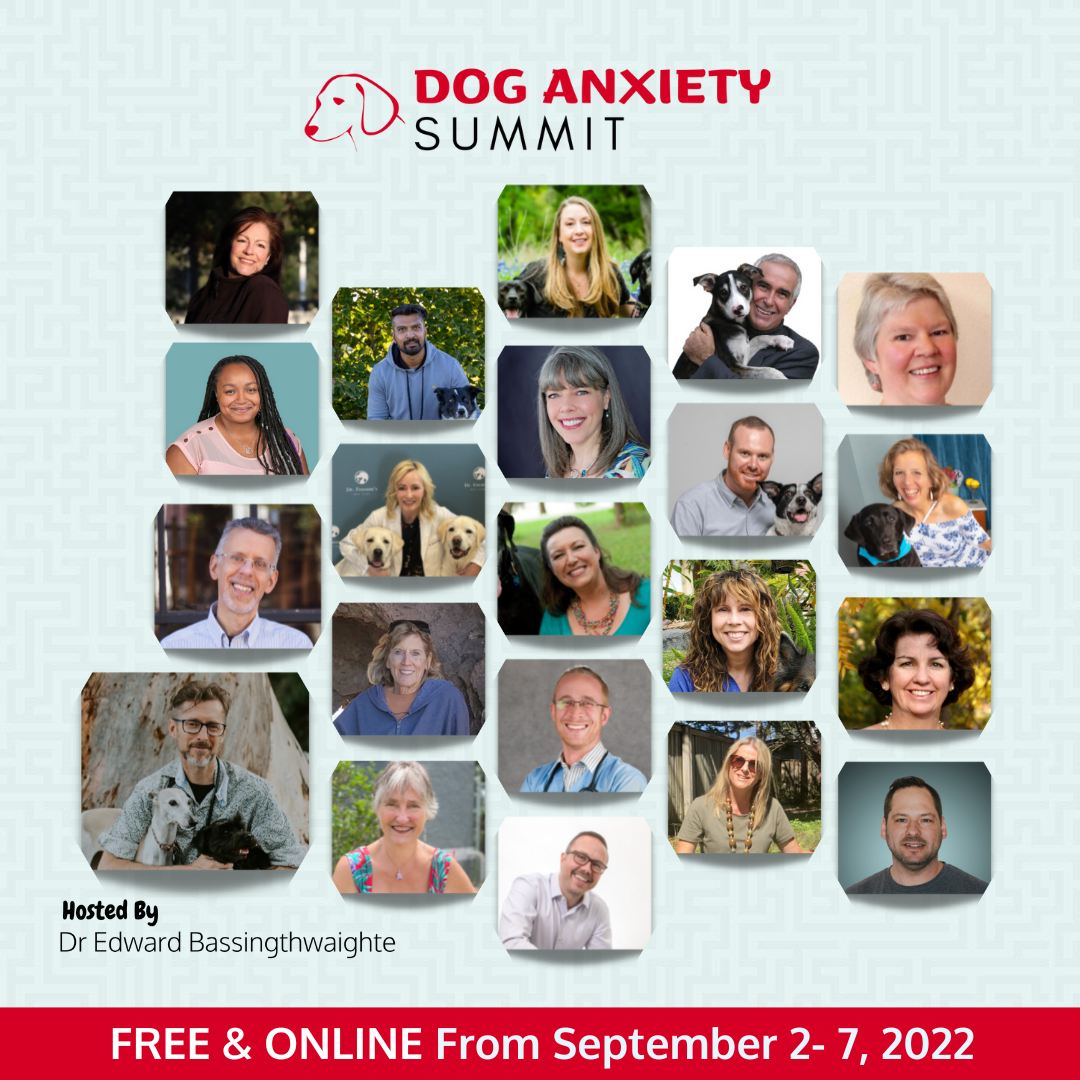Autumn Tune-Up Focuses on Lung & Large Intestine

The Chinese meridians that are associated with autumn are the Lung (Yin) and Large Intestine (Yang). Autumn is a time when we settle back into routine and the summer fun, trips, and sporadic outings are behind us. Pets will notice the change and they may be feeling either a bit bored or relieved.
Just like the harvest where abundant life now begins its transformation towards death and a return to the earth, Yang energy begins to fall and bodies begin the journey inward. Depending on the Ayurveda Dosha type (if you don’t know your dog’s Dosha take the simple test on my website now), this maybe one’s most favorite time of year or be faced with reticence as winter and cold weather nears.
There are some essential oils that can assist this transition such as frankincense, geranium, jasmine, bergamot and basil. Use a diffuser or put a few drops on a cotton ball for inhalation. These essential oils can be used during bathing or on an aroma lamp.
Allergens, especially molds, are prevalent at this time causing irritation to the nose and chest. The lungs become congested, reflecting the heaviness associated with the lung meridian. Oils that help expel phlegm and congestion are tea tree, eucalyptus, sandalwood, and peppermint. Adding them to steam helps to open airways.
The skin, fur and eyes may become dry, scratchy or scaly. Essential oils that help heal and soothe dry skin are chamomile, geranium, frankincense, lavender, myrrh and patchouli. A few drops of some of these oils can be added to shampoo, made into a spritzer or diluted and dropped on any trouble spots on the skin. Dryness indicates a need for better hydration so encourage more liquid consumption by adding in broth to alleviate and flush out autumn’s challenges.
The large intestine is the Yang meridian to the lungs Yin and as the lung’s partner, it also is affected in autumn. The large intestine’s job is to separate the bad from the good and extract the liquid from the matter so it can pass out of the body as a solid mass. It removes substances the body no longer needs. Seasonally, bowel movements can become irregular either resulting in diarrhea or constipation.
Essential oils that can reduce constipation are basil, fennel, lavender, marjoram, cumin, rose and chamomile. Oils that calm the discomfort of diarrhea are black pepper, clove, cypress, eucalyptus, geranium, ginger, myrrh, neroli, peppermint and sandalwood. Tummy aches can be relieved by putting 1- 3 drops of up to 3 essential oils in a carrier oil (1:3 dilution) and massaging the belly in a clockwise rotation. This movement will help encourage the waste matter to pass through the colon efficiently, relieving gas, bloating, pain and irritation.
Foods are a daily medicine and assisting the body by introducing seasonal appropriate foods is a great way to add variety and support the colon and lungs in the autumn. Focus on four food groups:
- Pungent Flavors – Ginger can help to break up and clear out excess mucous and phlegm. Add a little organic powder or better yet, shred some whole ginger into one meal a day. Ginger has a little punch so start with a tiny amount to see if it will pass your dog’s pallet.
- White Colored Produce – daikon, turnips, apples, pears, mushrooms. Apples and pears have the ability to mitigate dryness and are rich in pectin, a soluble fiber that helps feed beneficial gut bacteria, normalizes digestion and aids in detoxification. They are also rich in antioxidants, such as quercetin, that reduce inflammation and slow aging. Turnips are high in whole food vitamin C, rich in fiber and have been linked to cancer prevention. Mushrooms are an excellent source of vitamin D, trace minerals, B vitamins, fiber and protein.
- Cruciferous and Orange Root Vegetables – cauliflower, broccoli, cabbage, greens, brussels sprouts, turnips, carrot, pumpkin and winter squash are harvested this time of year and are nutrient rich. They nourish mucosal membranes and boost the immune system. The greens contain chlorophyll and sulfur compounds which help to inhibit viruses and aid the body in detoxifying harmful chemicals. Pumpkin, carrots and squash strengthen the digestive tract and help to regulate bowel movements. Steam this group and add some to every meal.
- Mucilaginous Foods – include seaweed, flaxseed, okra, slippery elm, and marshmallow root. The mucosal layers that line the respiratory and digestive systems act as protective barriers from pathogenic or toxic substances that can enter via air, water or food. These foods are rich in mucilage and have the ability to sweep out old and pathogenic mucous while helping to restore a clean and healthy mucosal layer.
Autumn is a time of transformation. The lung and large intestine dynamic reminds us that life is a continuous cycle of taking in and letting go, celebrating the harvest and storing away for the upcoming winter.








